Man’s best friend is the dog. But man’s oldest companion in the animal kingdom is the mouse, a new study suggests.
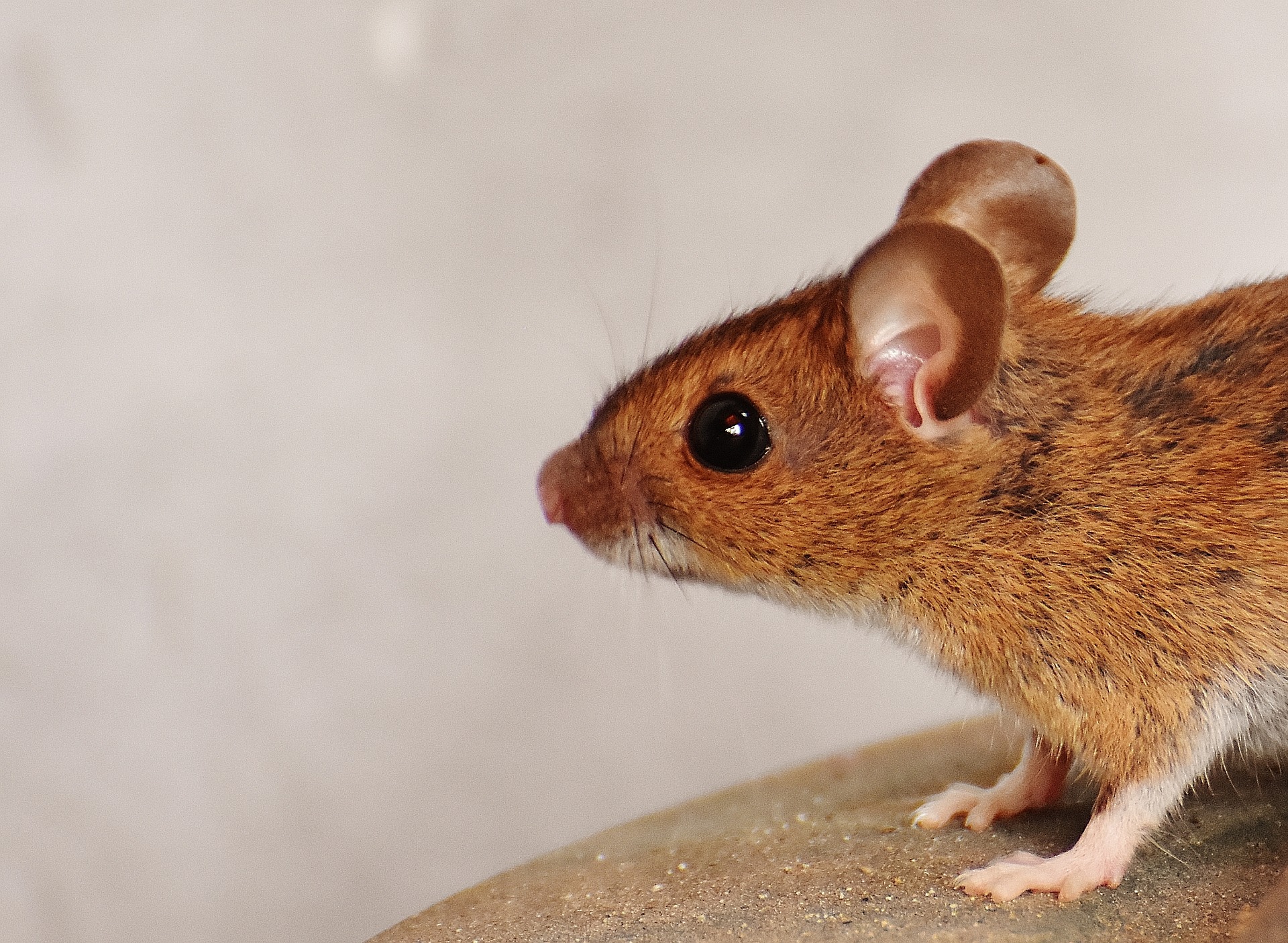
About 15,000 years, this is how long mice have been around human settlements. According to researchers from Washington University in St. Louis.
The researchers examined samples from a series of excavations in Israel, among others, and in doing so, they have concluded that the mice were drawn to humans long before we became sedentary farmers.
We humans slowly became more sedentary about 15,000 years ago, when hunter-gatherers began putting down roots in the Middle East and this is when mice found human presence as an opportunity to get food and shelter.
The findings indicate that house mice began to live close by semi-settled humans in the Jordan Valley of Natufian hunter-gatherers about 15,000 years ago.
“These findings suggest that hunter-gatherers of the Natufian culture, rather than later Neolithic farmers, were the first to adopt a sedentary way of life and unintentionally initiated a new type of ecological interaction — close coexistence with commensal species such as the house mouse,”
– Lior Weissbrod of the University of Haifa in Israel
Reference:
Marshall et al, “Origins of house mice in ecological niches created by hunter-gatherers settled in the Levant 15,000 y ago Proceedings of the National Academy of Sciences, March 2017 DOI: 10.1073/pnas.1619137114




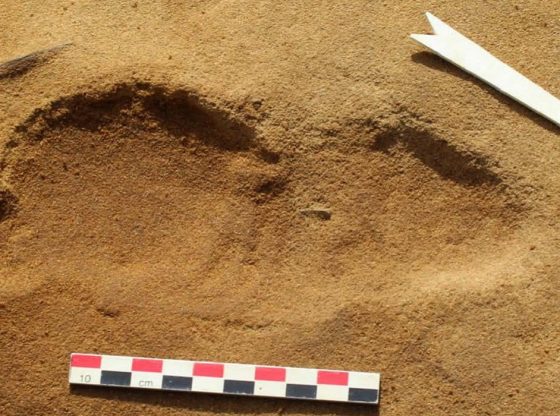
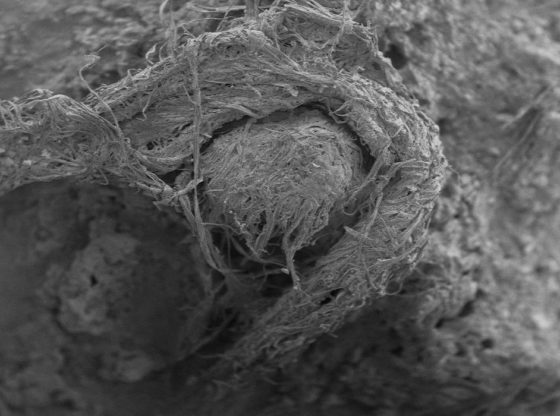
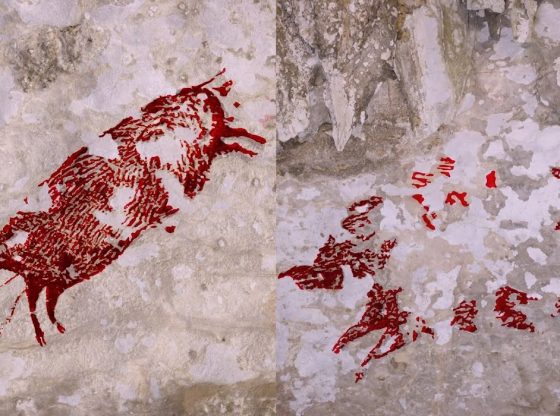
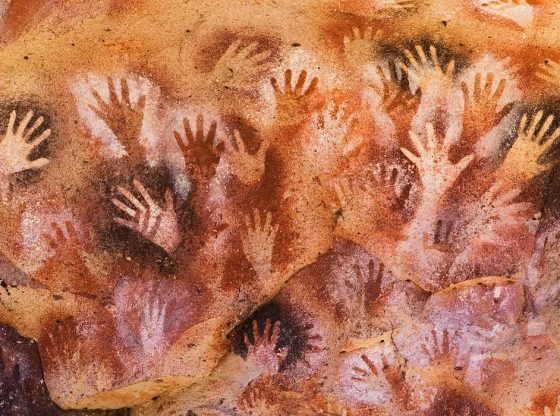
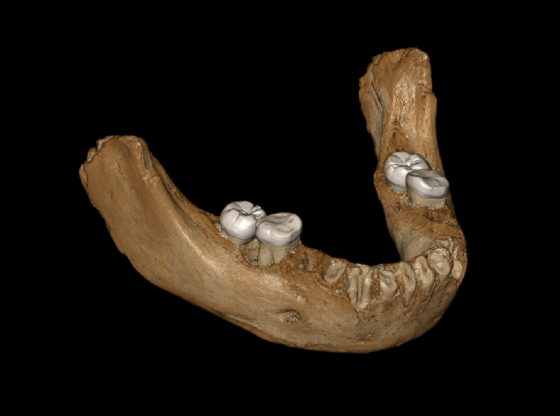


![OpenAI. (2025). ChatGPT [Large language model]. https://chatgpt.com](https://www.illustratedcuriosity.com/files/media/55136/b1b0b614-5b72-486c-901d-ff244549d67a-350x260.webp)
![OpenAI. (2025). ChatGPT [Large language model]. https://chatgpt.com](https://www.illustratedcuriosity.com/files/media/55124/79bc18fa-f616-4951-856f-cc724ad5d497-350x260.webp)
![OpenAI. (2025). ChatGPT [Large language model]. https://chatgpt.com](https://www.illustratedcuriosity.com/files/media/55099/2638a982-b4de-4913-8a1c-1479df352bf3-350x260.webp)








